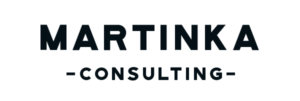Part two of two.
Last week I discussed Rotary’s emphasis on sustainability, training and the use of metrics on International projects. I mentioned what I called the most important part of the project – training of the teachers on how to best use technology to improve classroom efficiency.
The background is Rotary rejected our first grant application for 2015 as we were primarily “giving stuff.” They want training. So, we put in a program to train the teachers and were fortunate enough to find a trainer, in Antigua, with a Masters Degree from Columbia University in the exact subject of our training, mentioned above.
The first three-day session went very well, in my opinion. There was a pre-test, post-test, ongoing monitoring, and each teacher had to create two exercises from a lesson plan, using technology. A tech novice used PowerPoint while teachers more comfortable with technology used YouTube and mind-mapping software to create lessons to reach their students.
I’m telling you this not just to report on the project but to show how Rotary is emulating the business world, or at least how the business world should act. We have to know if what we’re doing is effective. We have to have metrics.
We need to know if certain activities generate results and if not, we need to change those activities. It could mean more sales calls, increased productivity on the shop floor, or managing supply costs better.
We can all take a lesson from Rotary, which has taken a lesson from the business world, and know the results of what we’re doing. As I wrote recently, it’s not the number of people who are connected to you on LinkedIn, the number of people who open your newsletter, or how many comments on a post you make. It’s the number of people who contact you and lead to increased business.
“Do what you feel in your heart to be right – for you’ll be criticized anyway.” Eleanor Roosevelt

